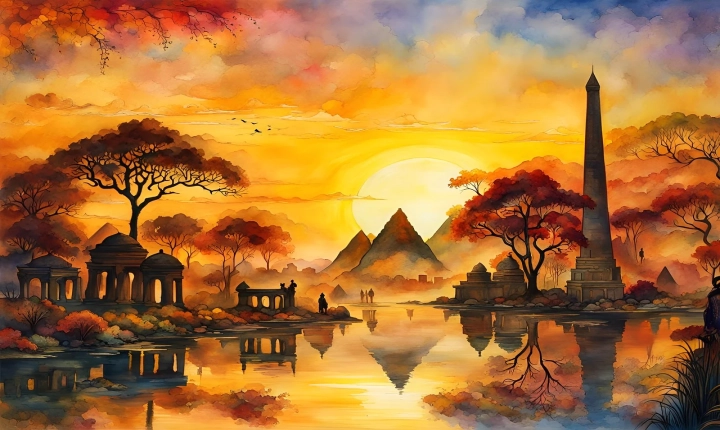Title: How to Create an AI Cover Song
In recent years, the use of artificial intelligence (AI) in music production has seen considerable growth. One area where AI has made a significant impact is in creating cover songs, allowing musicians and producers to reimagine existing tracks in unique and innovative ways. In this article, we will explore the process of creating an AI cover song and the tools and techniques that can help achieve the desired result.
1. Song Selection: The first step in creating an AI cover song is to choose the song you want to cover. Consider selecting a song with a distinct melody and instrumentation that can be manipulated and reinterpreted using AI tools.
2. Acquiring the Stem Files: If possible, obtaining the stem files of the original song can greatly assist in the cover song creation process. Stem files separate the different elements of a song, such as vocals, drums, bass, and other instruments, allowing for greater control and manipulation of the individual components.
3. AI Music Generation: There are various AI-powered music generation tools available that can help in the creation of cover songs. These tools use machine learning algorithms to analyze, interpret, and generate music based on input data. Platforms like Amper Music, Magenta Studio, and OpenAI’s Jukebox are examples of AI tools that can aid in generating cover songs.
4. Arrangement and Composition: Once the AI-generated music is in place, it’s essential to refine the arrangement and composition of the cover song. This involves making creative decisions about how the different elements of the song come together, including tempo, key, structure, and instrumentation.
5. Vocal Processing: If the cover song involves vocals, AI tools can be used to modify and manipulate the singing voice. Vocal synthesis software, such as Vocaloid and SynthV, can be employed to create artificial vocal performances that fit the style and mood of the cover song.
6. Mixing and Mastering: As with any music production process, mixing and mastering are crucial steps in creating a professional-sounding cover song. AI-driven mixing and mastering tools, like LANDR and iZotope Ozone, can help in achieving a polished and balanced final product.
7. Legal Considerations: It’s important to be aware of copyright and licensing issues when creating AI cover songs. Ensure that the appropriate permissions are obtained, especially if the cover song is intended for commercial release.
In conclusion, creating an AI cover song involves a combination of creative input and the use of AI tools to generate, manipulate, and refine the music. As technology continues to advance, the possibilities for AI-generated music are expanding, offering musicians and producers new avenues for artistic expression. With the right approach and tools, AI cover songs can be a compelling and innovative addition to the music landscape.
